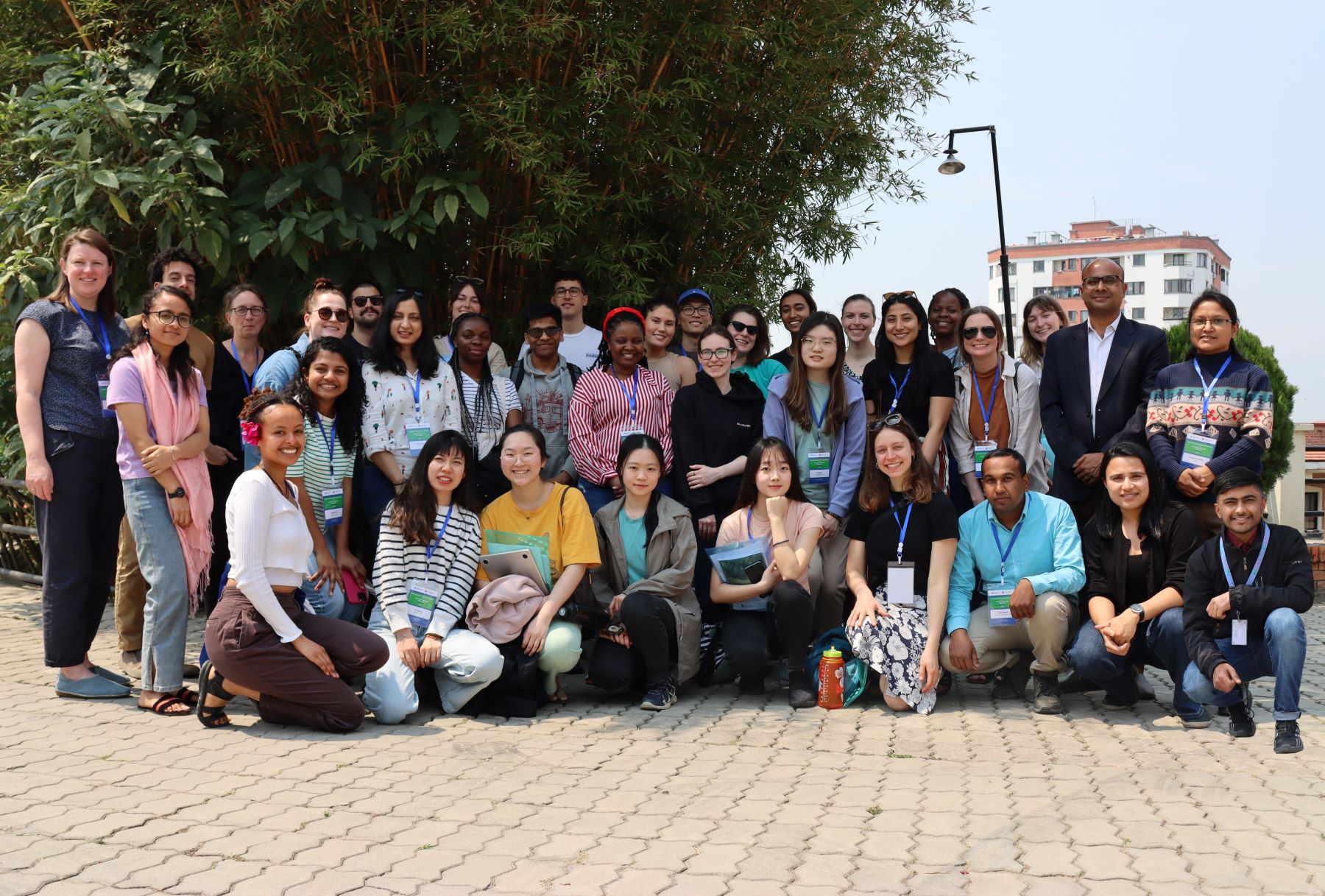Project Leader: Kamal Devkota
Partners and collaborators: Centre for Research on Innovation and Science Policy(CRISP)
Duration : April-May, 2014
Brief description of the project : This short assignment was a quick institutional analysis (landscape of actors, their capacities and limitations, constraints and opportunities) to support scaling out intensification of smallholder farming systems in eastern Terai districts of Sunsari & Dhanusa in Nepal. This institutional analysis was part of the SRFSI project. SIAS in collaboration with CRISP has conducted this study to provide “background studies” to support on designing the scaling out the initiative. The research team used mixed methods– desk review, KIS, FGD and interactions with various meso-level agricultural actors in Dhanusha and Sunsari districts in this project.
Our field studies in two Terai districts of Dhanusha and Sunsari and reviews suggested that considerable change is currently underway in Nepal’s agriculture landscape, primarily in terms of the entry and strengthening of new actors and gradual reduction in the role of state agriculture offices. While government’s policy shifts towards a liberal approach, its own retreat from the subsidy regime, and gradual strengthening of market forces and increasing monetization of agriculture sector and incentives it creates are shaping the way stakeholder behave within themselves and with others. The government agencies in many instances seem to be resisting the government’s own policy shift—particularly on welcoming the nongovernmental actors and devolving authority to local governments—possibly perhaps as the legacy of extension administration which assumed for a long time the monopoly of agriculture knowledge on agriculture officials.
The open political environment and incentives of selling seeds, pesticides and agriculture equipment has resulted into extraordinary rise of agrovets, equipment vendors and dealers—and with time they are becoming more and more influential and having very close links with the farmers. It demand a reorientation in the way agriculture officials behave with the farmers and the approaches they take for support and technology transfer, and indeed in defining what technology is useful for whom. We found a disconnect between available technology, support for extension of technology and adoption—and a general insensitivity to the differentiated needs of farmers.
More information: kamal@sias-southasia.org



